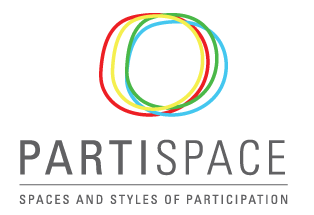In this first sequence, we dealt with the definitions of public participation, i.e. taking part in decisions that concern the functioning of society.
It can take place at different levels, but also take on different forms and depths.
We have also talked about social participation, which allows us to have a better understanding of the individual dynamics of participation and biographies. For example elements which, in the trajectory of a person and especially of a young person, can be driving forces, pushing him/her to take part (on this point, you can refer to the english e-training unit),.
When one seeks to act on the levels of participation, whether as a professional or as a citizen, it is interesting to try to locate one’s action on this scale in order to be clear about its objectives. These must also be made explicit and shared with the group concerned.
You can take an example in your head and try to explain it through these tools.
At what level of the scale of participation is the action located?
Why would you want to get involved in this area? Would you have participated at this level, in this way a year ago?
How far do I want to go, why, how and with whom?
At what point do you consider your/their participation to be real? How do you evaluate it?

You have finished the first sequence of our module!
Now, we invite you to go to sequence 2 to discover two examples support for the participation of young people in working-class neighbourhoods by two associations.
Keep these grids in mind and go explore the modes of action of two Rennes associations. How do they try to create the conditions for participation? What forms and spaces do they leave for the participation of interested people? What can motivate these people to take part in the projects of these associations?
These are also questions that you can ask yourself as you explore!



